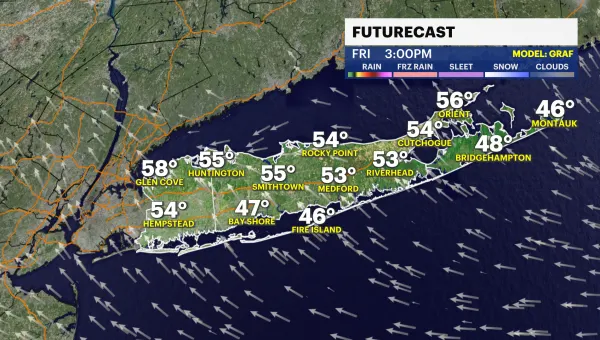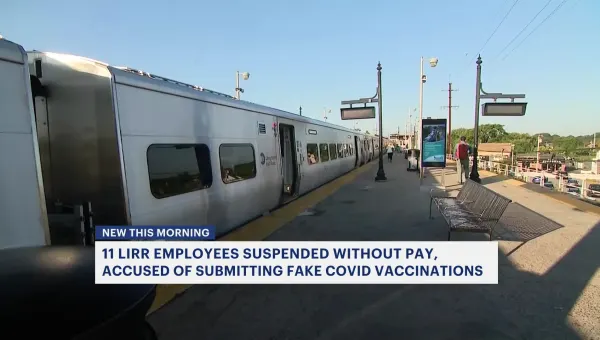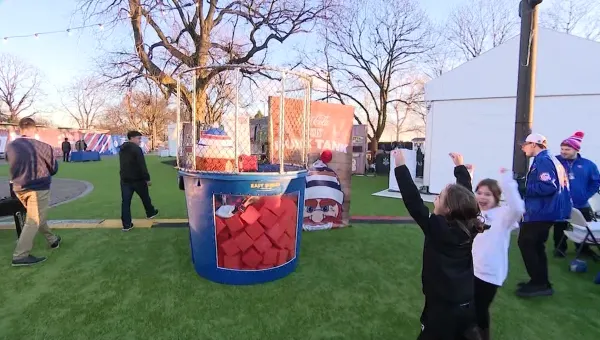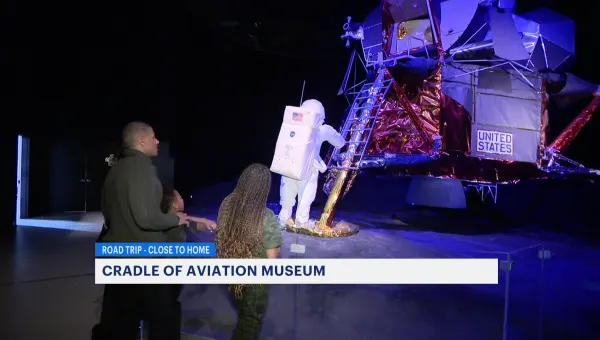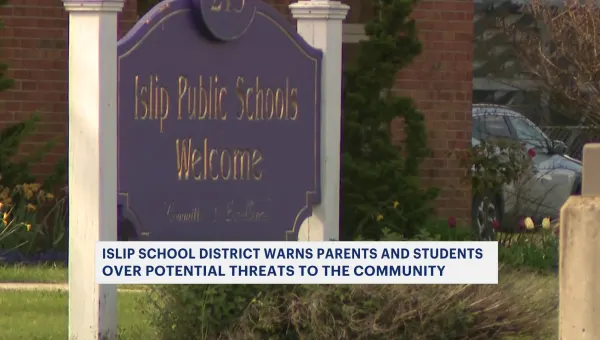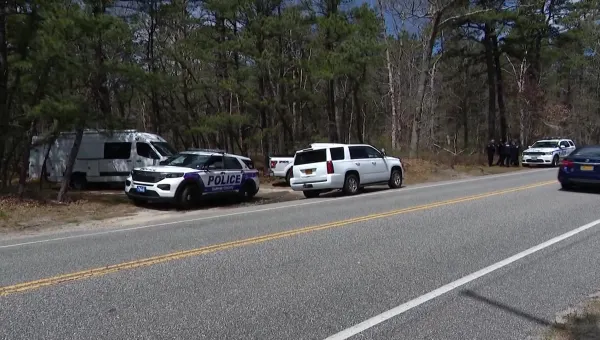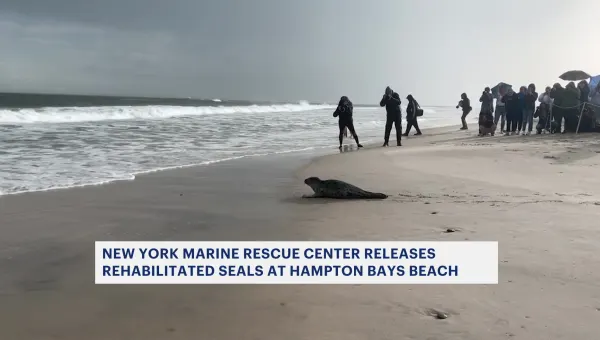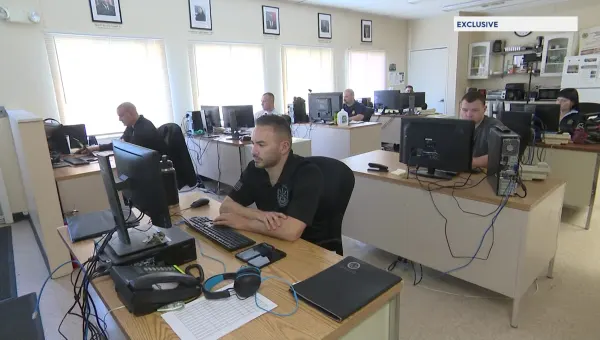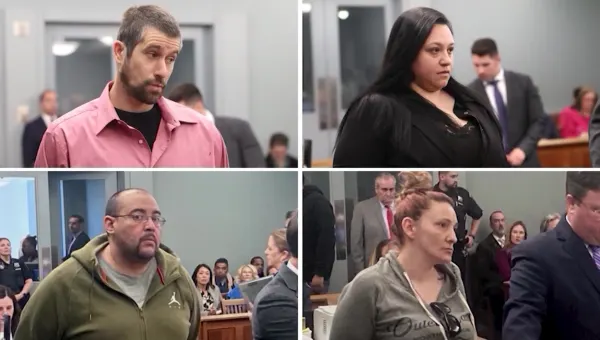What's in the Water: Toxic Trails
<p>Some environmental experts say tainted groundwater is threatening Long Island's water supply. Unlike most parts of the country, Long Island gets all of its drinking water from the ground.</p>
News 12 Staff
•
Mar 13, 2017, 4:25 PM
•
Updated 2,599 days ago
Share:
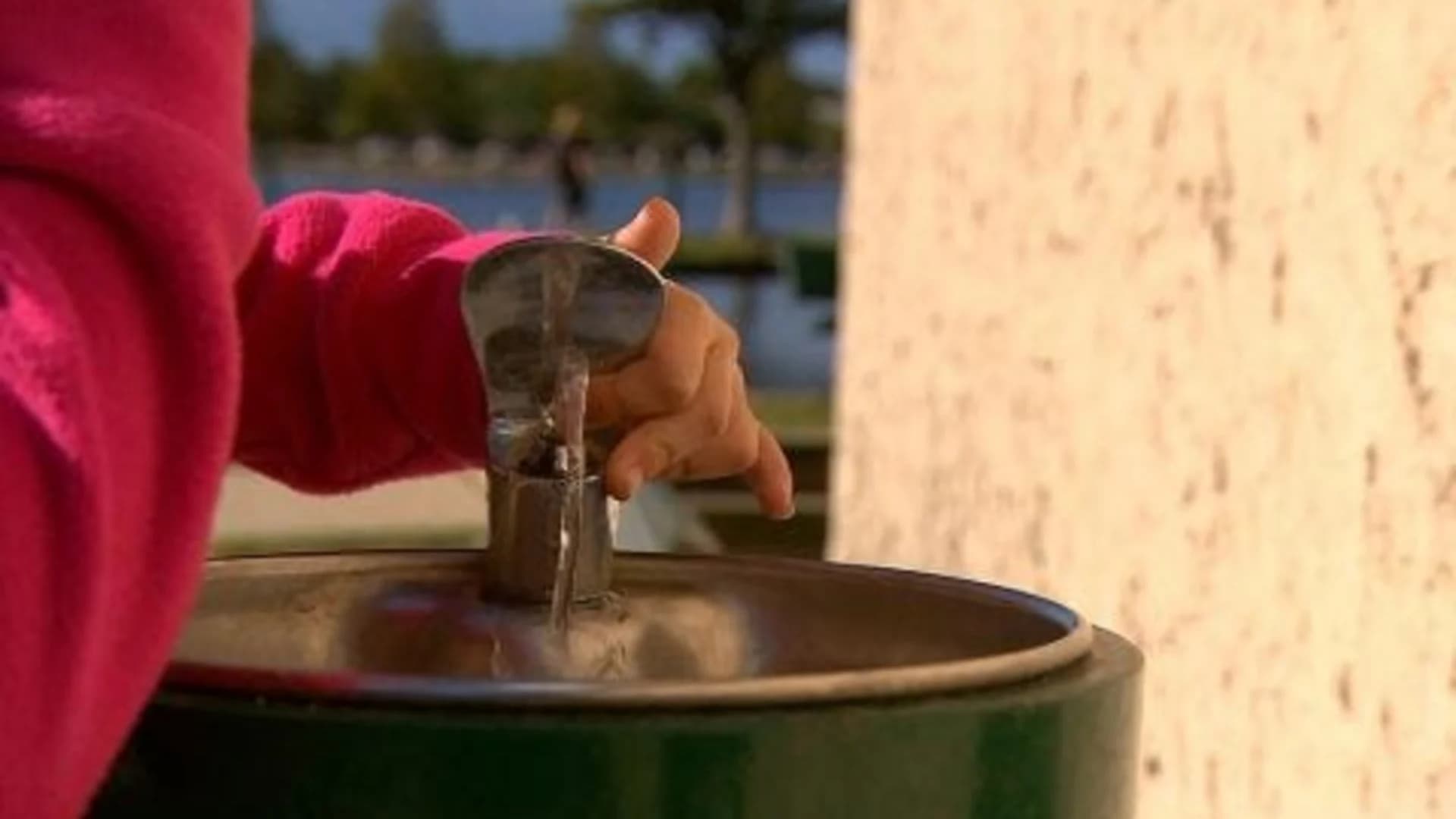
Some environmental experts say tainted groundwater is threatening Long Island's water supply.
Unlike most parts of the country, Long Island gets all of its drinking water from the ground. The area's water comes from aquifers, layers of sand that hold centuries of rainwater. However, aquifers also hold contaminants.
Air and space projects at the Grumman plant in Bethpage have left behind cancer-causing chemicals, which have seeped into the ground. For decades, so-called contamination plumes from the Grumman site have been spreading underground like stains on a giant sponge. One plume has been detected as far south as Massapequa.
New York state's list of Superfund sites reveals the existence of more than 100 pollution hot spots on Long Island, including factories, dry cleaners and chemical plants. Groundwater in those areas features small amounts of contaminants, but environmentalists say it's still cause for concern.
Groundwater is also threatened by fertilizer and sewage pesticides, as well as drugs and personal care products that are flushed down drains and toilets.
Health officials say that tap water is always safe because water companies regularly test and treat groundwater to meet state health standards long before it comes out of Long Island's faucets.
"There's almost 300 parameters that we test for," says Walter Dawydiak Jr., of the Suffolk County Health Department. "It's well in excess of the minimum requirement by federal and state law."
Treating contaminated groundwater is very costly. The Bethpage Water District was forced to spend $16 million after five of its eight wells were contaminated. Bethpage Water District Superintendent Mike Boufis says that more homeowners will get soaked with higher water bills if the Grumman plume continues to spread south.
"It could affect 25, 30 production wells," Boufis says. "You're looking at hundreds of millions of dollars for us to put treatment systems on."
The state has approved an action plan, but opponents say it relies too much on filtering instead of pumping out pollution to prevent it from spreading.
So far, water suppliers have spent half a billion dollars on filters to treat water from contaminated wells. There are federal and state Superfund programs to clean up the worst pollution sites, and they go after violators to pay for the cleanups. But if those responsible can't be found, taxpayers pick up the bill.
Contact the decision-makers:
Contact the decision-makers:
Gov. Andrew M. Cuomo
http://www.governor.ny.gov/contact/GovernorContactForm.php
http://www.governor.ny.gov/contact/GovernorContactForm.php
State Sen. Mark Grisanti
Chairman, Senate Environmental Conservation Committee
http://www.nysenate.gov/senator/mark-grisanti/contact
Email: grisanti@nysenate.gov
Northrop Grumman Corporation
http://www.northropgrumman.com/ContactUs/Pages/default.aspx
U.S. Navy
http://www.navy.mil/submit/contacts.asp
Chairman, Senate Environmental Conservation Committee
http://www.nysenate.gov/senator/mark-grisanti/contact
Email: grisanti@nysenate.gov
Northrop Grumman Corporation
http://www.northropgrumman.com/ContactUs/Pages/default.aspx
U.S. Navy
http://www.navy.mil/submit/contacts.asp
New York State Department of Environmental Conservation
http://www.dec.ny.gov/regulations/32692.html
http://www.dec.ny.gov/regulations/32692.html
New York State Department of Health
http://www.health.ny.gov/professionals/doctors/conduct/contact.htm
Email: opmc@health.state.ny.us
http://www.health.ny.gov/professionals/doctors/conduct/contact.htm
Email: opmc@health.state.ny.us
The Long Island Water Conference
http://www.liwc.org/pages/aboutUs.htm
http://www.liwc.org/pages/aboutUs.htm
Suffolk County Water Authority
http://www.scwa.com/about/numbers/
http://www.scwa.com/about/numbers/
Nassau County Health Department
http://www.nassaucountyny.gov/agencies/Health/contact.html
Suffolk County Health Department
scdhsweb@suffolkcountyny.gov
http://www.nassaucountyny.gov/agencies/Health/contact.html
Suffolk County Health Department
scdhsweb@suffolkcountyny.gov

